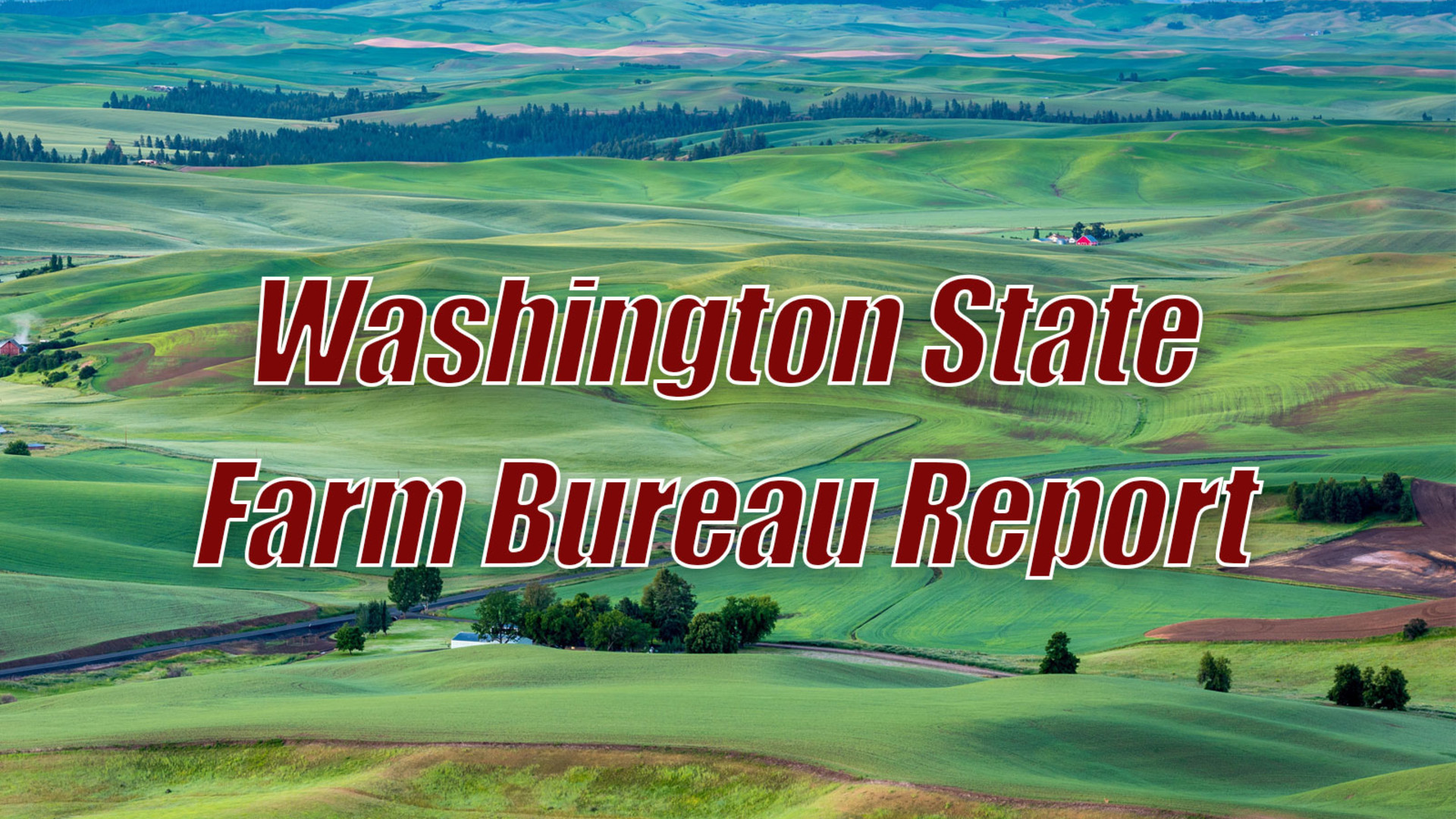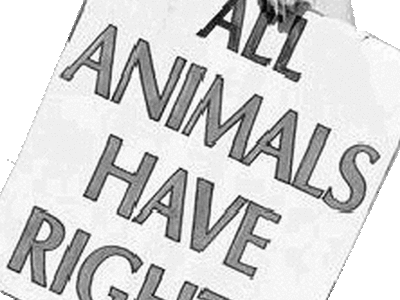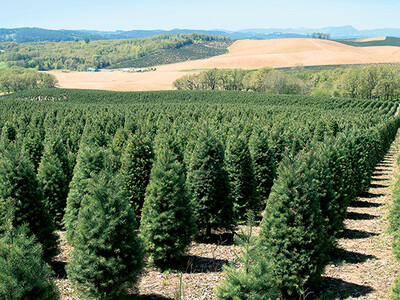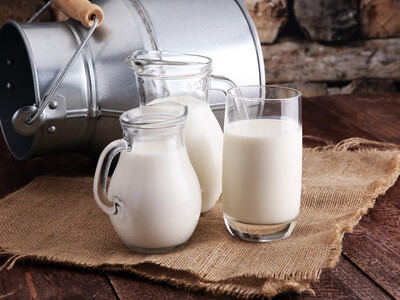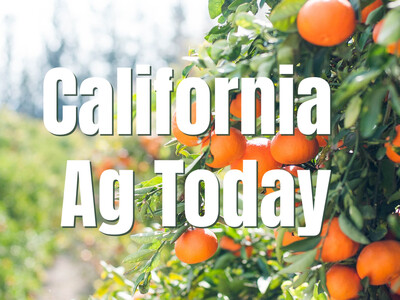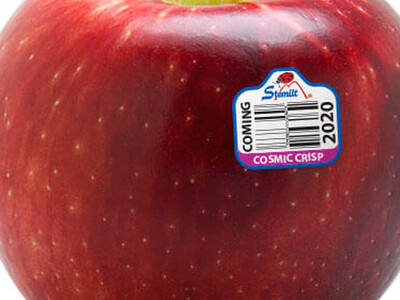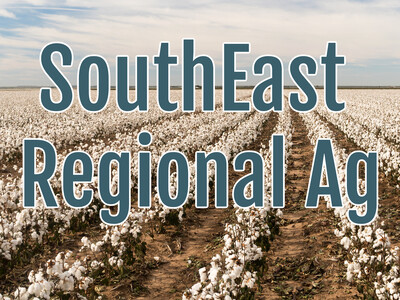Declining Corn & Soybean Condition Ratings
Extreme hot weather and dry conditions across most of the nation’s prime growing areas has led to the USDA’s most recent reporting of another significant decline for national corn and soybean condition ratings. Many ag economists and analysts can’t remember if the USDA has ever lowered the average corn yield by twenty bushels per acre in the July report, as it has this year. USDA Chief Economist Joe Glauber talks about the large change from the previous forecast.
GLAUBER: We brought our yields down to 146 bushels per acre. We saw from June 1 about 13 percent of the crop was in drought conditions and now some 60 percent of the crop’s in drought condition. What looked initially like a very good crop early in the spring because we had such rapid progress in terms of planting - we know that this situation has deteriorated a lot.
Even with the significant adjustment Glauber said the current yield estimates would still come in
just under last years total, but admits that the growing season for corn is far from over and the draught conditions on corn will definitely have an impact on other areas.
GLAUBER: That’s going to have an impact obviously on demand. We’re forecasting now that ethanol production will be less than what we had thought, we’re now looking at that at 4.9 billion bushels. Exports, we took those all the way down to 1.6 billion bushels, and so that gives us an ending stock a little under 1.2 billion bushels. Greater than the current projections for ending stocks for the current year but still a very tight market.
Lower corn yield means higher corn prices, which means higher feed prices. Positive for corn growers but not for livestock producers. Tomorrow, Washington cattle rancher Jack Field talks about what impact higher corn prices will have on the livestock industry.
I’m Lacy Gray and that’s Washington Ag Today on the Northwest Ag Information Network.


